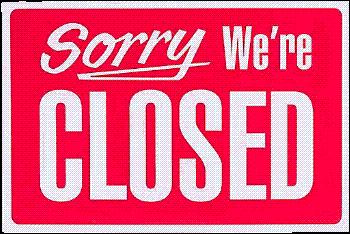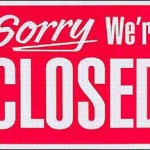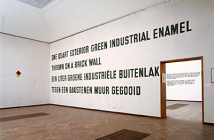MARKETWATCH
How are artists affected by a down economy? With artists being both inside and outside of the general market, it is often difficult to gauge the effects a poor economy actually has. On the one hand, art is a luxury item and when the good folks of Wall Street have less disposable income, less art is bought. This is simple enough, however, the majority of artists, even household names, usually have other forms of income to supplement sales, since reaching the economic stability of, say Julian Schnabel or Frank Stella, may not be a foreseeable reality. It was only a year ago that Dave Hickey speculated there was so many buckets of money infusing the art market people were running out of buckets! What a difference a year makes. Currently, the good people of MOCA Los Angeles discovered the buckets they had saved had vanished. Both Sotheby’s and Christies are laying people off, while both reporting huge losses; Sotheby’s losing $28.2 million in contemporary art guarantees in one week alone. To top it all, Damien Hirst closed down one of his shops! Oh the horror of our fledging economy!
Of course, the ebb and flow of the larger economy can often have little effect on artists. Some may feel the hardship of financing multimillion-dollar projects (Jeff Koons suspended locomotive train in front of MOCA is obviously in jeopardy), likewise it has been rumored that Murakami’s sales have “softened” (although no layoffs have been announced). However, economically mature artists and large auction houses do not represent the daily economic lives of 99.9% of artists (artists do not even get money from auction sales, with the exception of Hirst’s last stunt, of course). Where these economic hardships are most present is the higher end “white collar” aspect of the art world. Directors with major galleries are probably safe from layoffs, yet preparator’s and installers of the same galleries may be in danger. Directors and owners from more recent start-ups still working towards feasibility may be in trouble, while collectors with major deficits from bad credit mortgages are safe from despair, but are likely selling parts of their art collections to “stay afloat.” One need only look as far as the Lehman Brothers CEO Richard Fuld to see this “hardship.”
And yet, these obvious signs of a poor economy do not reflect the full effect on the majority of working artists. Many have sales that augment their incomes, but most do not depend on sales alone. Artists who receive their primary income from other sources, such as teaching, graphic design, manufacturing, tech, industrial design, in short, skilled labor, are affected in larger ways. It is the categories of tech (which could include anything in the graphic design area) and construction/manufacturing where layoffs are hitting the hardest and where many artists work by day.
The construction industry, or anything related to architecture and developing is the industry that is most dependent on the credit crunch that has become synonymous with the current recession. Business’s who cannot renew credit lines have little chance of survival since any construction/manufacturing industry relies on the payment schedule of engineering firms, construction companies and the like, who pay only a small percentage of a job upfront and the rest upon completion. While this is fair enough, a closer look reveals why a growing percentage of the industry is laying off workers. Lets say a stone manufacturing shop is building the blocks for the exterior of a condo development. A rough estimate for the cutting, molding and shipping of the blocks might be around $400,000. If they get 20% upfront, that $80,000 has to float the company until they get the job completed. However, this simply isn’t enough because that $80,000 might cover materials, but it will not cover payroll for a dozen workers to shape the stone over 4 months (those being modest estimates). This of course is when credit lines become necessary for manufacturers to stay in business. A liquid credit line keeps workers paid until the developers pay for the job after its completion, often months after the stone has been shipped from the shop.
This theoretical example could be used for many industries in the current economy: architectural mold making, construction crews, pattern making, industrial design, any tech industry position in which they are operating on venture capitol (about 70%), etc. Essentially, what the current recession affects most dramatically after housing lenders are skilled labor positions, which are essentially what artists are most qualified for when their work is not selling. When their work isn’t selling, the construction crew isn’t hiring, the college is cutting adjunct positions, and no one wants to pay for a graphic designer for the corporate newsletter anymore, artists are searching for new work.
Which may not be a bad thing in the long run. The opportunity to build something new in the wake of disaster is prime opportunity to make profit. Joseph Schumpeter said as much in his concept of “Creative Destruction.” While capitalism needs destruction to habitually renew itself, this also gives artists a perfect chance to find their position within the new economy. Artists are in the unique position to perform at virtually every level of the economy, since they are a part of nearly every rung. They see their effects on Wall Street all the way down to blue-collar manufacturing. We are everywhere! To paraphrase Dave Hickey, isn’t it just amazing how much fun the collapse of the art market is going to be? The collapse is here! What kind of work can be done?
- stores, shops and galleries are closing everywhere!
"The Current Recession" is currently on view and could extend well into next year.





